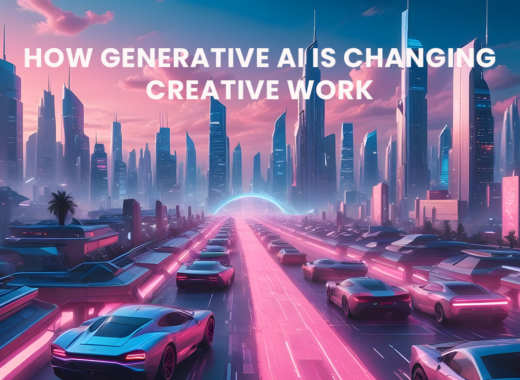What does Digital Transformation Mean for Content Creation?

Digital transformation may be the buzzword floating around at the moment, but it’s also a very real thing that businesses of all types are scrambling to adapt to. Digital transformation affects everything – from customer purchasing methods to advertising, business models and of course – your marketing approach.
In an age where people consume more content than ever before (and most of it done digitally), and throw into the mix a pandemic that has made content consumption a global past-time, we must ask the question – what does digital transformation mean for content creation? It means a lot of things – some of them presenting wonderful opportunities and others presenting significant challenges. Let’s dive into the detail.
Personalisation
Digital transformation has done wonders for allowing marketers to create meaningful content for users. Paid social media targeting, hashtag marketing and tools that enable marketers to find out exactly where their audience is spending their time online (and exactly what information they crave and need!) even make it possible to drop this content into the laps of those people most interested in it.
These digital developments prove key for businesses that do not fall under the categories of high street retail, household brand names and hip start ups. The routes of digital innovation allow any brand with a bit of know-how and a minimal budget to get their content in the right hands, enabling loyal customers to find them. This is a huge development that’s come about as a result of digital transformation that all brands should be taking advantage of. Personalised content not only raises awareness, interest and engagement around a brand – but also trust and a positive experience.
Data, learnings and metrics
The days of print marketing may be far behind us, but the frustration around the minimal knowledge gained from these campaigns won’t soon be forgotten. A big article or campaign floating around in the world of newspapers, magazines and the sides of busses is only so measurable, and leaves little to be learned.
Educated guesses based on a spike in sales around a new ad campaign are about as far as the days of print could get you. But digital transformation and all that it brings – ecommerce, social media, paid social media ads, online subscriptions (and the list goes on) all allow marketers and businesses to understand which campaigns are making an impact (and which aren’t) and what approaches are making an impact. The tracking capabilities in the online world are advanced enough to tell marketers exactly which Facebook ad is responsible for selling the most products, which landing pages on a website are generating the most enquiries, which ads aren’t resonating with people and so much more.
This allows marketers to continue improving their efforts and fine-tuning their approach. We learn what our customers do and don’t like, what works and what doesn’t, we experiment, innovate and push boundaries, knowing that at the end of the campaign, even if we don’t have a surge in sales to show for it, we’ll have valuable learnings for next time.
Content overload?
The flip side of these benefits, of course, is that there is a lot of digital content out there. And not all of it is good. This is frustrating to both marketers and users. As users search for meaningful information to solve a problem or find the product or service they need, they are often met with irrelevant content, clickbait, or content written purely for the sake of SEO. The frustration on the marketer’s side is simply trying to stand out in a very noisy room.
How is it possible to stand out amongst that noise? Digital transformation, and the benefits already mentioned here, are the key. Well researched content, based on users’ needs and the personalised delivery of this content are exactly what helps a brand stand out in a landscape littered with clickbait, irrelevant content, and competition.
Need some help with your content marketing? Our team is just a click away!


